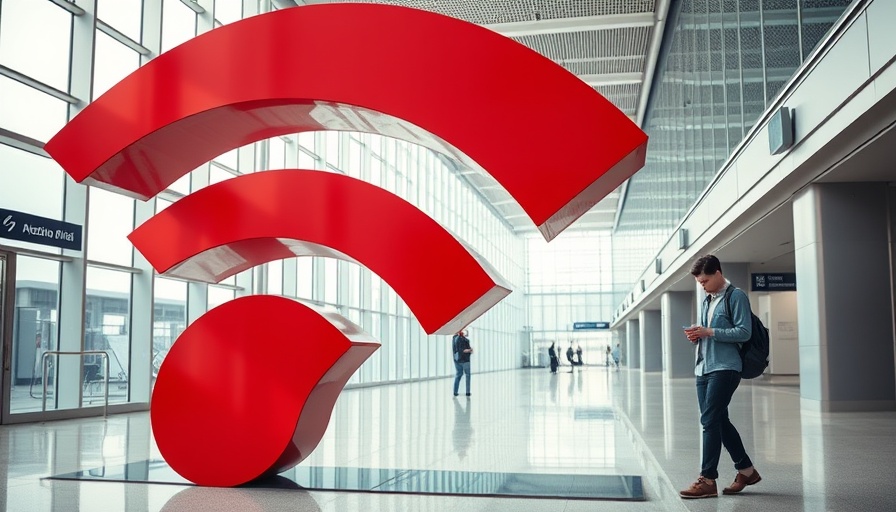
UPS’s Strategic Shift: Why Scale Down on Amazon?
In a significant move that could reshape the logistics landscape, UPS has announced plans to reduce its shipping volumes for Amazon by over 50%. This decision, slated to come into effect by the second half of 2026, highlights a growing trend of reevaluating partnerships in the logistics industry. Despite being UPS's biggest customer, Amazon does not rank as the most profitable. UPS CEO Carol Tomé emphasized that the company is seeking to enhance its profitability and agility, indicating a broader strategy to focus on the most beneficial partnerships.
The Numbers Behind the Decision
A closer look at UPS’s financials reveals an intriguing narrative. Although Amazon accounted for a sizeable share, contributing 11% to UPS’s $91.1 billion in revenue in 2024, this figure marks a decline from 13.3% in 2020. This drop can be attributed to the shift in consumer behavior post-pandemic, where many turned back to brick-and-mortar shopping. This changing landscape is prompting UPS to rethink its involvement with Amazon, striving to elevate profitability while navigating a challenging market.
The Bigger Picture: UPS's Financial Health
UPS isn't merely shedding weight; it's attempting to stabilize its financial growth after a relatively modest revenue increase of 1.5% year-over-year for the fourth quarter of 2024. Predictions indicate that UPS's total revenue could decrease further, falling to approximately $89 billion in 2025.
Amazon's Response: Adapting to Change
In response to UPS's decision, Amazon expressed understanding, asserting its commitment to continuing partnerships with multiple carriers to serve its broad customer base. This adaptability is critical for Amazon, especially as it ramps up its delivery infrastructure, which includes a robust fleet of vehicles and a Delivery Service Partner program aimed at enhancing last-mile delivery.
The Changing Dynamics of Delivery Services
This shift also draws parallels with FedEx’s decision in 2019 to end its contract with Amazon, raising questions about the evolving relationship between logistics providers and e-commerce behemoths. As these companies like UPS and FedEx pivot, the delivery landscape may witness heightened competition and innovation, reflecting broader trends in consumer preferences and market demands.
Looking Ahead: What This Means for Consumers
As UPS and Amazon adjust their partnership dynamics, consumers may see changes in delivery options and timelines. The evolving landscape could lead to increased competition among delivery services and potential enhancements in service efficiency. This shift also emphasizes the importance of flexibility in the logistics sector, where anticipating and responding to market demands is paramount.
 Add Row
Add Row  Add
Add 




Write A Comment